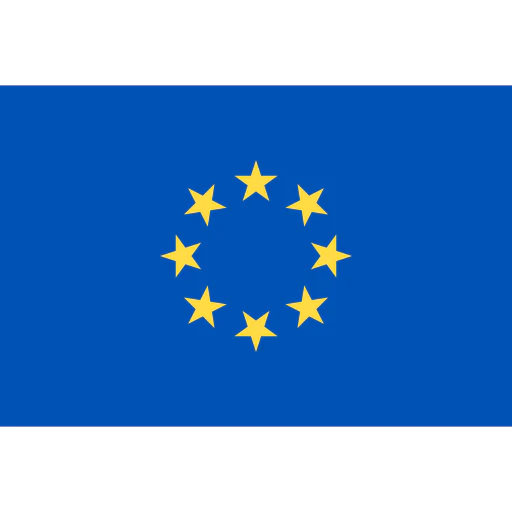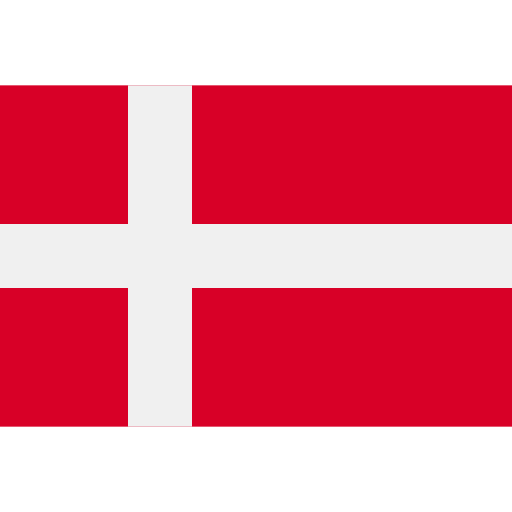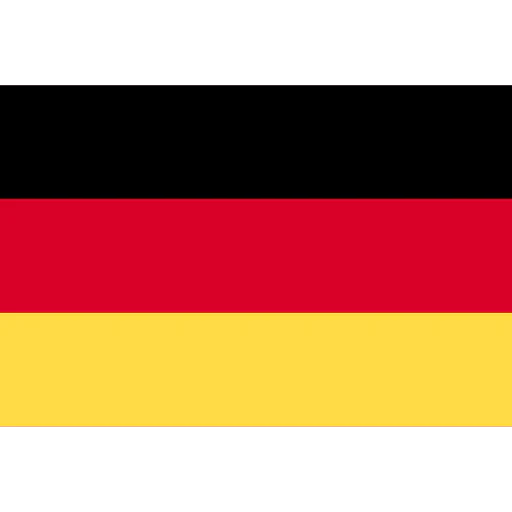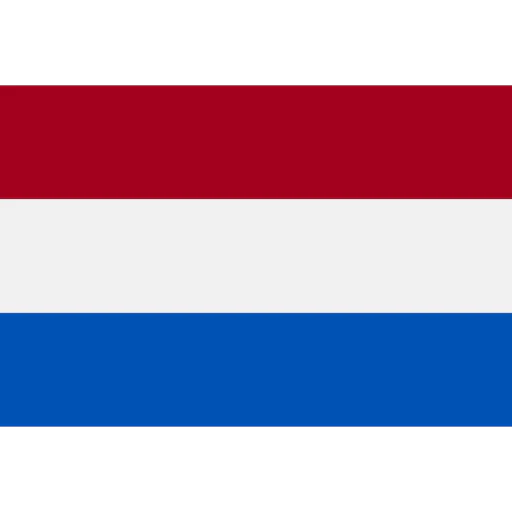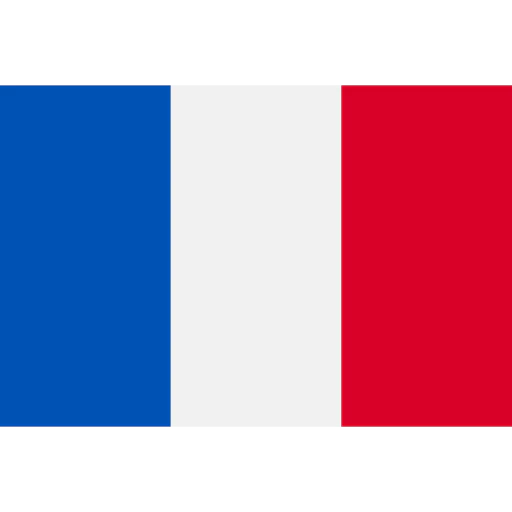CSR
CODE OF CONDUCT
Our Code of Conduct is based on the Ten Principles of the UN Global Compact (UNGC) set in the areas of: Human- and Labor Rights, Environment, and Anti-Corruption. To promote close cooperation, dialogue, and a strong risk culture we conduct self-assessments and third-party audits with Amfori BSCI and SEDEX/
SMETA on a regular basis.
HUMAN RIGHTS POLICY
We respect all human rights as defined in and recognized by internationally agreed human rights organizations. When operating in countries where local regulations are less stringent than international human rights standards, we will follow international standards. This policy applies to Minimum and our business partners, retailers, vendors, and suppliers. While our business can help to promote human rights in certain areas, we recognize that we first and foremost have a responsibility to respect human rights of all individuals along our value chain.
CHILD LABOUR POLICY
The use of child labour is not allowed throughout our entire supply chain. Minimum recognizes all children's right to be protected from environments interfering with or being harmful to their education, development, and physical/mental health. Our definition of child labour is based on conventions and recommendations by the International Labour Organisation (ILO).
ENVIRONMENTAL POLICY
Minimum is committed to minimizing environmental impact across the entire value chain by applying a precautionary approach in all operations. Suppliers are required to hold valid environmental permits, limit the use of natural resources, and avoid serious environmental harm. The company prioritizes recyclable or organic materials. Waste must be minimized, handled by authorized contractors, and recycled where possible. Air freight is discouraged to reduce transport-related emissions.
ANTI-CORRUPTION POLICY
Minimum is committed to adhere to the UN Convention Against Corruption and we expect the same commitment from our suppliers. To respect and abide by the principle of ‘Anti-corruption’, suppliers shall work against corruption in all forms.
Suppliers must establish adequate processes to avoid corrupt practices. Such processes should support and be in line with the United Nations Convention against Corruption.
SOURCING POLICY
It is of utmost importance to us that no people, natural environments or animals are adversely affected during the production of our goods. Be it at the cotton field, the stitching factory or our warehouse.
Minimum sets clear requirements for their suppliers to ensure responsible production. They prohibit the use of sandblasting, cotton from Uzbekistan and Turkmenistan, and sourcing from factories involved in forced or child labor, including Sumangali schemes. Additionally, they require the protection of refugee workers in Turkey, reject forced labor in Xinjiang, and do not accept viscose sourced from endangered forests.
ANIMAL WELFARE POLICY
Our concern for animal welfare is of high importance, and we do not allow animals to be harmed in the name of fashion. All animal-derived materials used in our manufacturing processes are sourced to meet high animal welfare standards. We have a total ban on fur and we only accept the use of leather that have been bred for the food industry.
GLOBAL ORGANIC TEXTILE STANDARD
We offer GOTS-certified products, each labelled individually. GOTS is the worldwide leading textile processing standard for organic fibers, including environmental and social criteria. All backed up by an independent certification of the entire textile supply chain. Having one common standard means textile processors and manufacturers can export their fabrics and garments with one organic certification that is accepted in all major markets. This transparency also gives consumers the power to choose truly organic products.
EXTERNAL AUDITS
While we value a dialogue-based supplier relationship, we find external audits of our Tier 1 to be a useful tool in gaining insight in our production. The audits help us to understand how our manufacturing partners work and to identify potential risk areas. Not only for the building and facilities, but also for health and security, knowhow, and training. These reports are evaluated, and if we find issues that needs improvement, we will start a dialogue and ask for a new audit when the previous audit report no longer is valid.
To learn more about our policies and commitments, you are more than welcome to reach out to customer service, who can provide further details.
GOTS—ORGANIC COTTON
We offer GOTS-certified products, each labelled individually. Organic cotton certified by Global Organic Textile Standard is as good as it can get within the cotton category. The production method is the same as organic cotton, but with a certification process throughout the supply chain using Scope and Transaction certificates.
PROS
Full transparency
No use of harmful chemicals
Better conditions for the farmers and workers
CONS
A lot of administration in managing the certification
The price of the organic cotton and the certification
ORGANIC COTTON
Organic cotton is grown without the use of toxic chemicals. This includes pesticides and GMOs (genetically modified organisms).
PROS
No use of harmful chemicals, which is good for the environment
Better conditions for the farmers' economic situation because they don’t rely on big agrochemical companies
Better conditions for the farmers’ health because they are not exposed to as many chemicals
Better biodiversity
CONS
Uses a lot of water
RECYCLED COTTON
Recycled cotton is cotton material made from cut-offs when cutting the fabric from the design pattern. The fabric is ripped into smaller pieces, carded and spun into a new thread to be weaved into a new fabric.
PRODUCTION
01. The fabric is ripped into smaller pieces
02. The pieces are carded
03. This is spun into a new thread
04. The thread is weaved into a new fabric
PROS
The use of waste materials to create new products enables a circular industry
CONS
Virgin cotton must be added to ensure a good quality
CONVENTIONAL COTTON
Cotton derives from the cotton plant and is grown in more than 80 countries around the world. Cotton is a very water consuming plant and is often protected from insects by using pesticides. Cotton can also be treated with GMO’s, to ensure a larger outcome of the individual plant.
PROS
Strong and breathable fiber
CONS
The use of chemicals that are bad for the environment
Potential loss of biodiversity
Uses a lot of water
WOOL
Wool is sheared from sheep.
PRODUCTION
01. The sheep is sheared of its wool
02. The wool is cleaned and sorted into bales (treated with chemicals)
03. The fibers are made into long strands
04. The long strands are spun into yarn
05. The yarn is woven or knitted into a fabric
06. The fabric is dyed and/or printed
07. The fabric is cut and sewn
PROS
Does not require frequent washing
CONS
Uses vast amounts of land for the animal to grass
The methane gas from the sheep releases CO2
Water is used to clean fibers
POLYESTER
Polyester is a very strong synthetic fiber made from oil, then added chemicals.
PRODUCTION
01. Through a chemical reaction at high temperatures, a monomer is made
02. The monomer is reacted with a phthalate to create a polymer
03. The polymer is extracted in long strips, which are then broken into small chips
04. The chips are then melted to a gel-like material
05. This material is then spun into a thread
06. The thread is weaved into fabric
07. The fabric is dyed and/or printed
08. The fabric is cut and sewn
PROS
Very strong fiber
It is recyclable, when made from 100 PCT. polyester
CONS
Many chemicals in the overall process
Comes from fossil fuels
Releases microplastics into the water when washed
POST-CONSUMER RECYCLED POLYESTER
Post-consumer recycled polyester is derived from recycled polyester garments.
PRODUCTION
01. The garment is melted
02. The melted material is spun into a new thread
03. The thread is weaved into a new fabric
04. The fabric is dyed and/or printed
05. The fabric is cut and sewn
PROS
It is recyclable, when made from 100 PCT. Polyester
Contributes to circularity
CONS
Many chemicals in the overall process
Comes from fossil fuels
Releases microplastics into the water when washed
ACRYLIC
Acrylic is made from oil and is a plastic material. It is often used in knitwear as it can simulate wool and is flexible when used in combination with other synthetic or natural fibers.
PRODUCTION
01. The polymer is created through a reaction technique called free radical polymerization
02. The polymer is then dissolved using a harsh chemical solvent producing a gel like material
03. This is extracted to form an acrylic fiber
04. This fiber is washed and spun into thread
05. The thread is weaved into fabric
06. The fabric is dyed and/or printed
07. The fabric is cut and sewn
PROS
When made from 100 PCT. acrylic, it is recyclable
CONS
Many chemicals in the overall process
Comes from fossil fuels
Releases microplastics into the water when washed
NYLON/POLYAMID
Nylon/Polyamide is made from coal or petroleum and is a plastic. It is a strong and lightweight material.
PRODUCTION
01. Acids are forced into reaction with heat and pressure, creating a polymer
02. The polymer is chopped up into nylon chips
03. The chips are melted
04. The melted polymer is spun into a thread
05. The thread is weaved into a fabric
06. The fabric is dyed and/or printed
07. The fabric is cut and sewn
PROS
Nylon is recyclable when made from 100 PCT. nylon
A strong fiber
CONS
Many chemicals in the overall process
Comes from fossil fuels
Releases microplastics into the water when washed
RECYCLED NYLON/POLYAMIDE
Recycled Nylon/Polyamide derives from other nylon products.
PRODUCTION
01. Existing nylon products are cut up into small pieces
02. The material is melted
03. The melted material is spun into a thread
04. The thread is weaved into a fabric
05. The fabric is dyed and/or printed
06. The fabric is cut and sewn
PROS
Contributes to a circular fashion industry
A strong fiber
CONS
Many chemicals in the overall process
Comes from fossil fuels
Releases microplastics into the water when washed
LINEN
Linen derives from the flax plant. Flax grows quickly and is not as water consuming as cotton. Conventional linen uses pesticides in the growing of the plant. The production process starts with the harvested flax followed by adding chemicals to speed up the redding process. The material is then spun into a thread, weaved into fabric and ready to be dyed, printed, cut and sewn.
PROS
Low use of water
Yields more crops than e.g. cotton
CONS
Chemicals in the retting process
Use of pesticides
LEATHER
Leather most commonly comes from cows, goats or sheeps and has been either chemically tanned or vegetable tanned.
PROS
The skin can be a waste product from the food industry
It is a very durable material
Requires no washing
CONS
Lack of transparency to the animals, hence difficult to ensure good animal welfare
The working conditions at and near the tanneries are often criticized because of the exposure to hazardous chemicals
Due to the use of hazardous chemicals, the environment can be harmed
The methane gas from the cows releases CO2
Uses vast amounts of land for the animal to grass.
TENCEL™ LYOCELL
TENCEL™ Lyocell fibers are derived from certified or controlled wood sources. TENCEL™ Lyocell fibers are made with at least 50% less carbon emissions and water consumption compared to generic lyocell^ TENCEL™ Lyocell fibers are produced in a closed loop process which recovers 99.8% of the solvent – resulting in close-to-zero wastage.
^Results based on LCA standards (ISO 14040/44) and available via Higg MSI (Version 3.8). TENCEL™ is a trademark of Lenzing AG.
TENCEL™ is a trademark of Lenzing AG
LENZING™ ECOVERO™ Viscose
LENZING™ ECOVERO™ fibers are made from wood, a natural and renewable raw material carefully sourced from responsibly managed forests. The wood taken from nature is purposefully balanced with forest growth rates, to ensure the continued availability of this valuable resource.
LENZING™ ECOVERO™ fibers are USDA Certified Biobased Products and contain 100% USDA Certified Biobased Content.
For the production of LENZING™ ECOVERO™ fibers wood is used for its high cellulose content. The quality of the wood is of no significance. Indeed, also timber from thinning or damaged wood can be used. Therefore, Lenzing is no rival for other industries requiring high-quality wood.
LENZING™ and ECOVERO™ are trademarks of Lenzing AG
